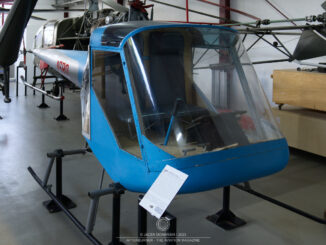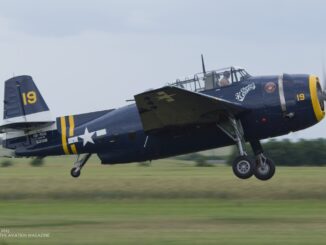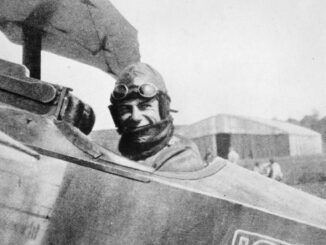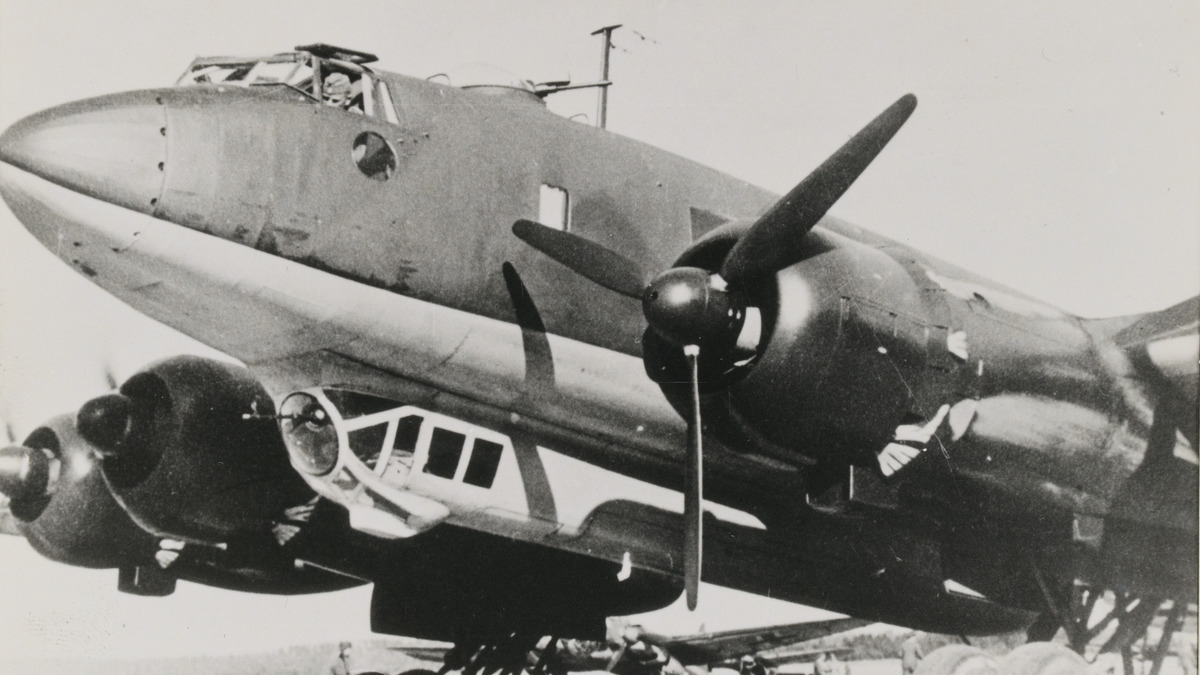 On 28 November 1938, the first prototype of the Focke-Wulf Fw 200 Condor (also known as Kurier) transport aircraft began its record flight from Berlin to Tokyo. The journey, which included stops in Basra, Karachi and Hanoi, was successfully completed in less than forty-eight hours.
On 28 November 1938, the first prototype of the Focke-Wulf Fw 200 Condor (also known as Kurier) transport aircraft began its record flight from Berlin to Tokyo. The journey, which included stops in Basra, Karachi and Hanoi, was successfully completed in less than forty-eight hours.
In the mid-1930s, the German state airline Lufthansa was looking for a new long-range airliner to compete with the latest American designs, such as the Douglas DC-2, DC-3 and the Lockheed Electra.
Initially, the Lufthansa management had hoped that the new aircraft could be developed by either Junkers or Dornier, the two German aviation manufacturers with proven experience in designing multi-engine aeroplanes. However, both companies were focused on developing the so-called “Ural bomber” and other military projects. Consequently, following an agreement signed on 1 August 1936, the task of creating the new German transport aircraft was assigned to Focke-Wulf Flugzeugbau GmbH.
According to the initial specification, the aeroplane had to accommodate twenty-five (or twenty-six, according to some sources) passengers and have a range of no less than 1,500 kilometres. The airliner, officially designated the Fw 200, was developed by a team led by Dr Wilhelm Bansemir, the company’s chief designer, and Kurt Tank. The latter was a talented German aviation engineer and designer working for the Focke-Wulf company and known for his successful Fw 44 training biplane.
The first prototype of the all-metal, four-engine airliner was completed in record time, less than a year after the conclusion of the aforementioned agreement. On 27 July 1937, the Fw 200 successfully performed its maiden flight, with Tank at the controls. According to the initial design, the aeroplane was to be powered by four BMW radial engines. However, to accelerate the development process, the prototype was equipped with 875 hp Pratt & Whitney Hornet nine-cylinder powerplants.
The Lufthansa management was more than satisfied with the prototype and, almost immediately, ordered five additional examples of the Condor: two more prototypes and three production aircraft.
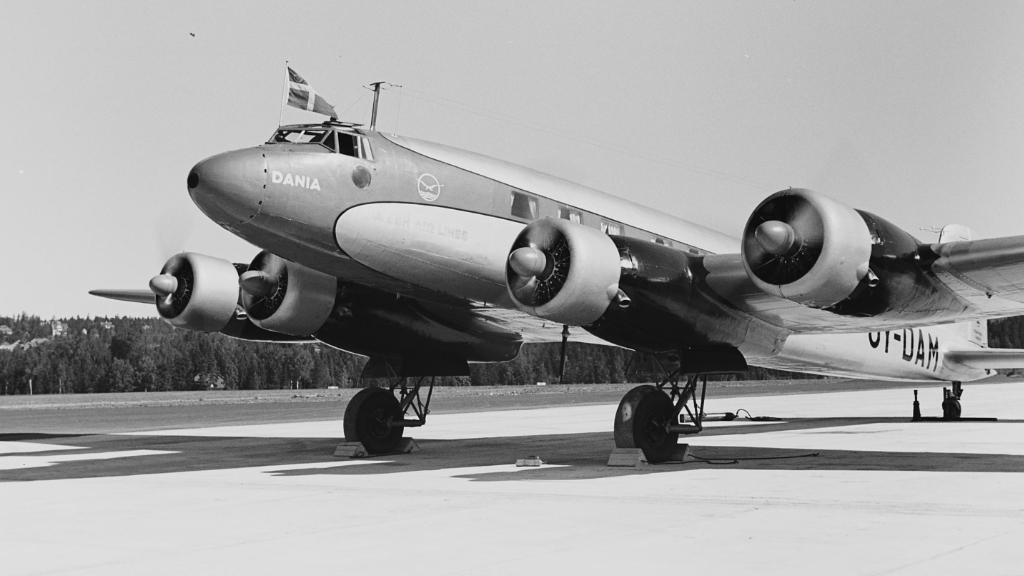
Tank was eager to demonstrate the long-range capabilities of the aircraft; however, another year was needed to refine the design and prepare the Fw 200 for record-breaking flights. The first prototype, registered D-ACON and named Brandenburg, was equipped with additional fuel tank and the 720 hp BMW 132 engines, then officially redesignated the Fw 200 S-1.
In June 1938, Kurt Tank made the first long-haul passenger flight from Berlin to Cairo, with twenty-one passengers on board. On 10 August of the same year, the aircraft entered aviation history by completing the first non-stop flight by a land-based passenger aeroplane between Berlin and New York City. Flown by a crew of four – Alfred Henke (pilot), Rudolf von Moreau (co-pilot), Paul Dierberg (senior radio operator/engineer) and Walter Kober (radio operator) – the Condor covered a distance of 6,371.302 kilometres in 24 hours, 56 minutes and 12 seconds. On the return flight to Berlin, the aeroplane flew 6,392 kilometres in 19 hours and 55 minutes.
On 28 November 1938, the first prototype of the Fw 200 began its second record-breaking journey. The aeroplane was flown by the same crew, but with Georg Kohne (flight mechanic) and the first passenger, Heinz Junge (Director of Focke-Wulf Flugzeugbau Berlin), on board.
The Condor took off from Berlin-Staaken at 3:53 p.m. and, after three refuelling stops in Basra, Karachi and Hanoi, arrived at Tachikawa Airfield in Tokyo on 30 November at 10:40 p.m. The distance of 13,844 kilometres was flown in 46 hours and 18 minutes, at an average speed of 192 kph, stopovers included.
The return flight was planned for the beginning of the following month. On 6 December 1938, while approaching Manila airport in the Philippines, all four engines of the Fw 200 suddenly stopped and the aircraft ditched in Manila Bay. The entire crew was rescued, but the Condor was damaged beyond repair. Conflicting information exists regarding the cause of the accident, with three explanations usually mentioned: a broken fuel line, fuel pump failure, or crew error when switching between fuel tanks.
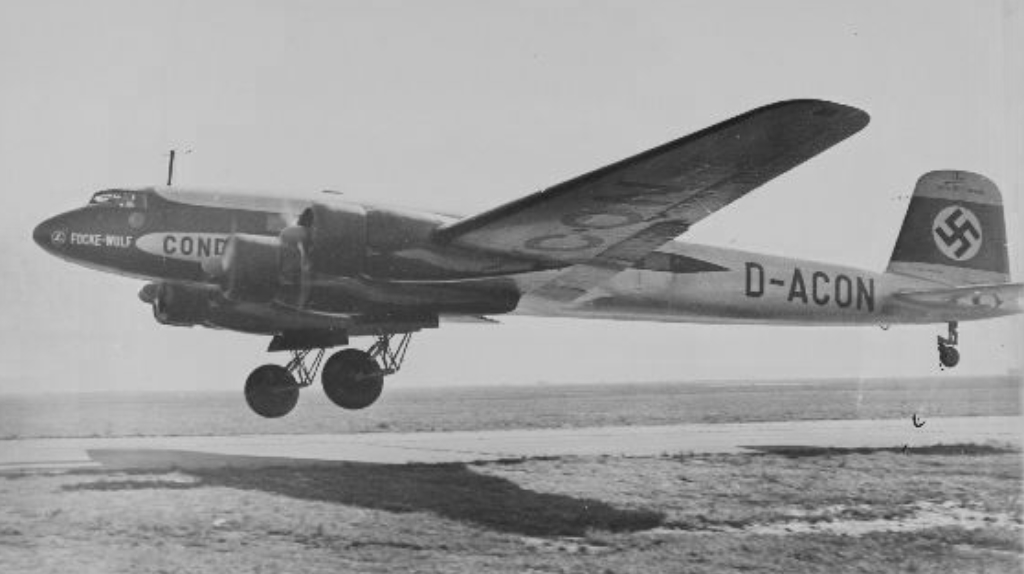
Nevertheless, the accident did not affect the general opinion of the new German aircraft. The whole world was impressed by the Condor and its capabilities. The Fw 200 quickly became one of the icons of the late 1930s, fitting into the framework of the so-called “fast courier aircraft” that marked the beginning of a new era in aviation development.
However, it soon became clear that the Fw 200 was expensive to operate on regular routes. Consequently, Lufthansa ordered only seven examples of the aircraft – three in 1938 and four in 1939. They were used on flights to Brazil and Africa, which served mainly advertising purposes rather than generating profit for the carrier. A few examples of the Condor were used by the authorities of the Third Reich, including Adolf Hitler himself, while several others were sold to Denmark, Finland, Brazil and Japan.
The outbreak of the Second World War marked the beginning of a new military chapter in the Fw 200’s operational history. The Condor was used as a reconnaissance, transport and maritime patrol aircraft, as well as an anti-ship bomber. It quickly became one of the iconic aircraft employed during the Battle of the Atlantic and in operations against Allied convoys in the North Sea.
However, it soon became apparent that an aeroplane designed for long-range passenger flights was not suitable for the demanding combat conditions. Its design, focused on speed and range, together with its relatively fragile construction, caused numerous operational problems. Although Kurt Tank devoted much effort to improving the aeroplane and despite the fact that later variants of the Condor had reinforced structures and several upgrades, the Fw 200 was still far from being a robust and reliable combat aircraft.
This, combined with high production and operational costs, resulted in fewer than 280 examples of the Fw 200 Condor being built – including the civilian variants – and the type had no significant impact on the course of the war.
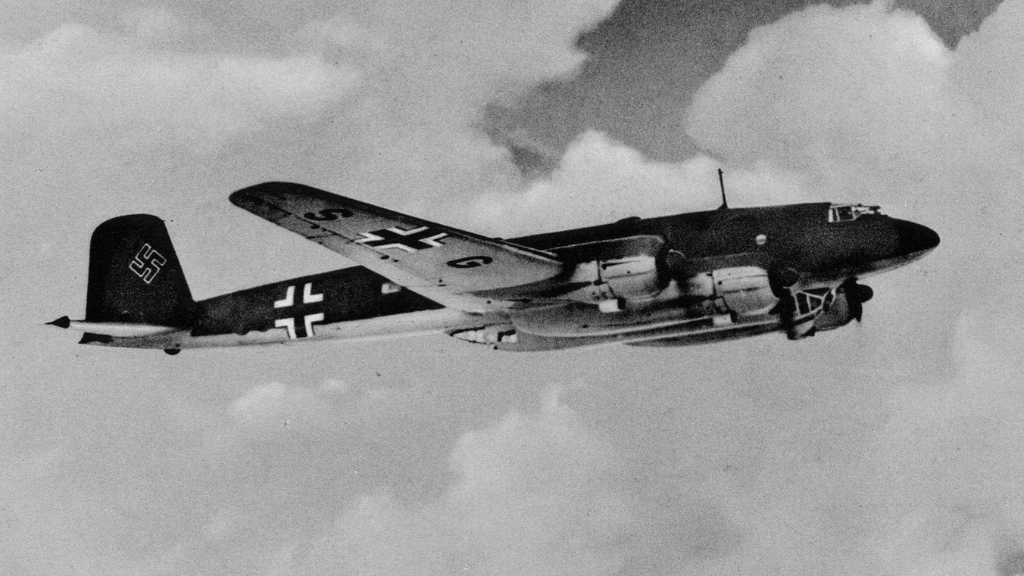
Cover photo: Fw 200 Condor used by Adolf Hitler, at Immola Airport (photo: Finnish Heritage Agency, 851255, CC BY 4.0, cropped)

